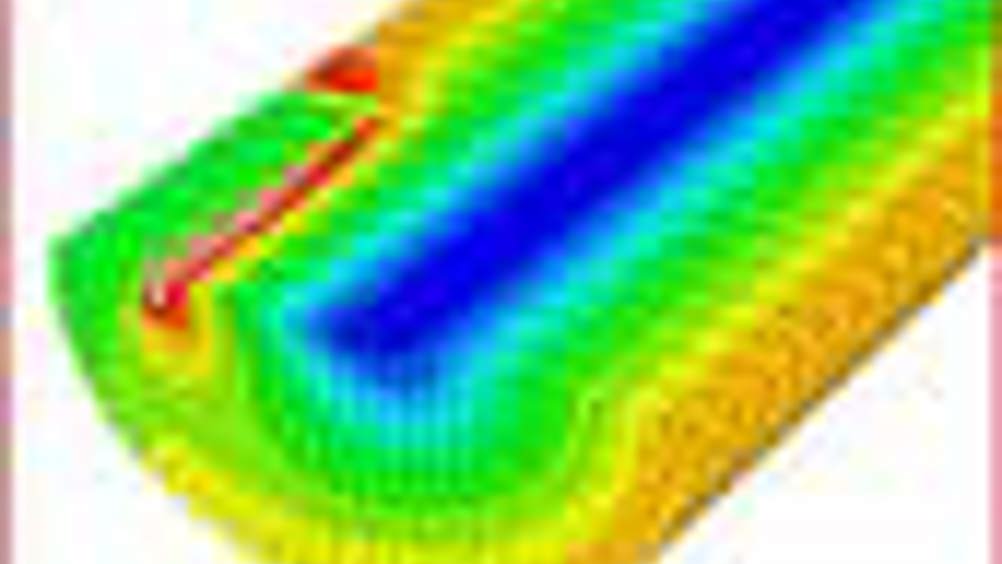Blown bulb
Researchers are trying to shed some light on why tungsten filaments in light bulbs fail they way they do.

Ideally, incandescent light bulbs last for 42 days in continuous operation. But in reality, some do not burn out for years, while others last only a few days.
Fine cracks in the tungsten filament, which eventually cause it to break, are one reason that manufacturers are unable to produce a more uniform quality product - a problem faced by both Osram and Philips, the world’s biggest light bulb manufacturers.
So far, the industry has relied on trial and error to improve the drawing process for the filament. But those production processes can be enhanced by simulating the behaviour of the filament material on a computer.
And supported by researchers from the Fraunhofer Institute for Mechanics of Materials IWM, that’s just what the manufacturers are doing – they are investigating the cracks and the resultant difficulties when spiralling the wire.
Osram project manager Bernd Eberhard is confident that, “once we have more insight into the composition and behaviour of the filament, we will be able to optimise and standardise our production processes.”
Register now to continue reading
Thanks for visiting The Engineer. You’ve now reached your monthly limit of premium content. Register for free to unlock unlimited access to all of our premium content, as well as the latest technology news, industry opinion and special reports.
Benefits of registering
-
In-depth insights and coverage of key emerging trends
-
Unrestricted access to special reports throughout the year
-
Daily technology news delivered straight to your inbox










Water Sector Talent Exodus Could Cripple The Sector
Maybe if things are essential for the running of a country and we want to pay a fair price we should be running these utilities on a not for profit...